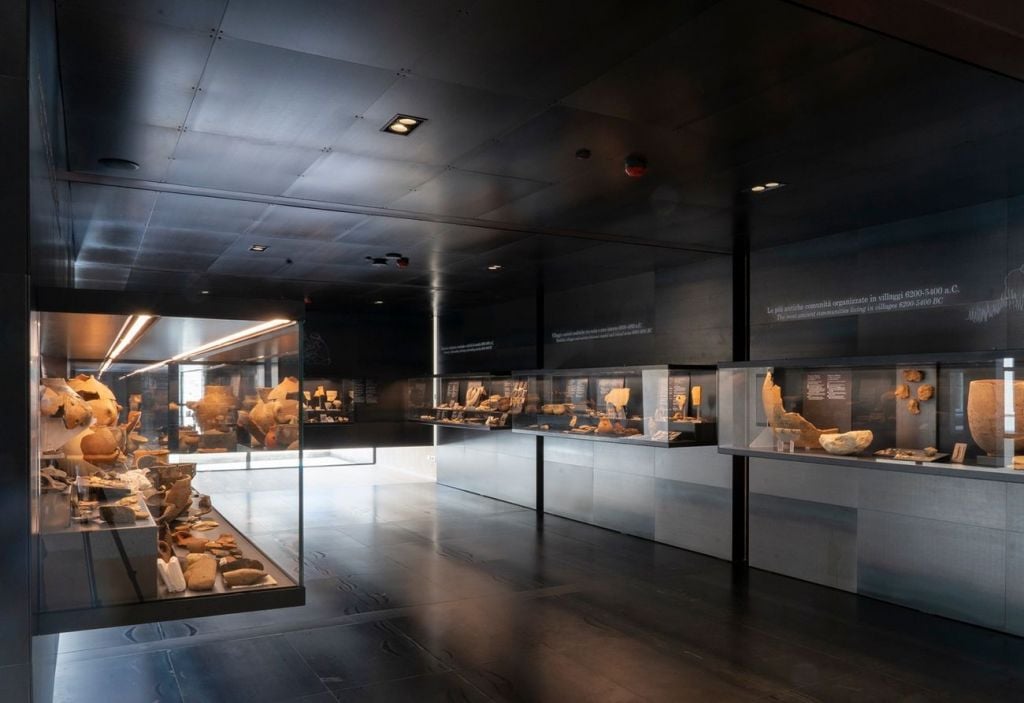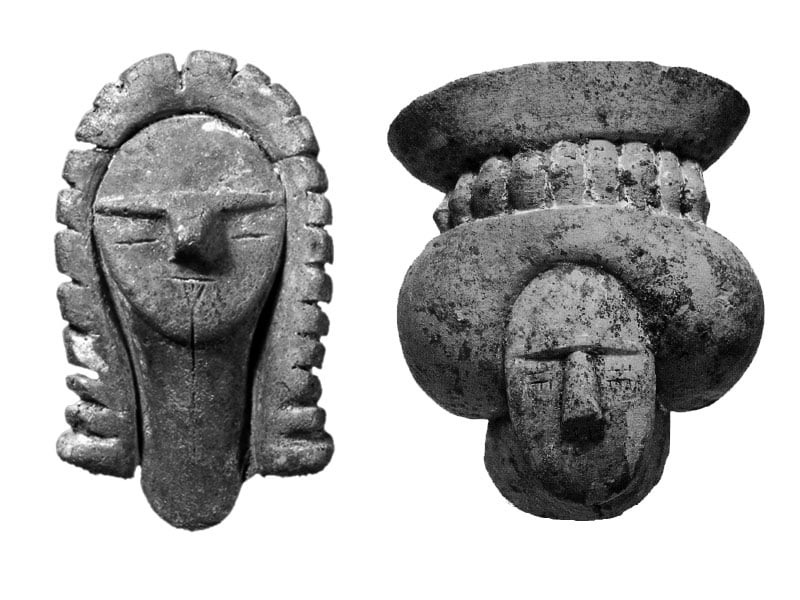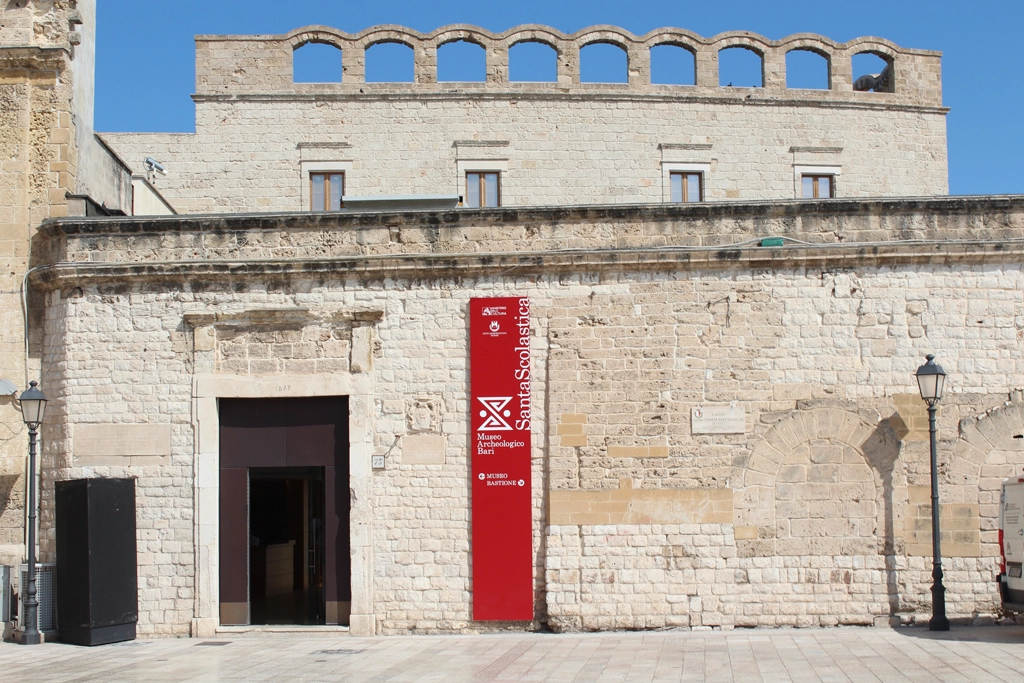There is a place in Bari where you can take a trip back in time and discover the origins of our city: the Archaeological Museum of Santa Scolastica.
The Archaeological Museum of Santa Scolastica preserves the archaeological finds found during the numerous excavations held from the beginning of the 1900s to the present day in Bari and nearby cities.
In this place, you can admire the ancient testimonies of the early inhabitants of Bari.
Do you want to learn more about the history of the Archaeological Museum of Santa Scolastica? Then continue reading!
Santa Scolastica: from monastery to museum
At first, the building that houses the Santa Scolastica Museum was a Benedictine monastery.
According to legend, the monastery was built in 755 by order of the Frankish king Pepin the Short, the father of the famous Charlemagne.
In the monastery lived the female religious community of the Black Benedictines. Devoted to Santa Scolastica, patroness of the Benedictine nuns, they decided to dedicate their monastery to this saint.
Given its strategic position, in the 16th century, Queen Bona Sforza decided to fortify the monastery with a defensive bastion to protect herself from Turkish attacks by sea.
Outside the monastery, on the other hand, stood the ancient medieval church of San Pietro Maggiore.
Unfortunately, this church was destroyed by bombing during the Second World War. Nonetheless, its demolition has brought to light the archaeological remains of a Peucetian village and an ancient Roman city.

From the 17th century, the monastery of Santa Scolastica underwent various structural transformations before being completely abandoned in 1971.
After lengthy renovation works, the monastery of Santa Scolastica became the house of the Archaeological Museum of Bari.
And this is how the monastery of Santa Scolastica reopened its doors in 2014 and transformed into a museum!
READ MORE: Top things to do in Bari in Summer
The collections of the Archaeological Museum of Santa Scolastica
The itinerary inside the Archaeological Museum of Santa Scolastica winds over two floors and houses many collections.
Let’s discover them together!
The collections on the ground floor
The ground floor of Santa Scolastica houses the collections dedicated to the archaeological history of the city:
- Iapyges and Greeks in ancient Puglia, which collects a large number of artifacts and finds dating back to ancient Peucezia, the first name of the Bari area, and to the period of Greek domination
- Archeology of Bari and Bastion, which collects epigraphs from the Roman age and the remains of the ancient village dating back to the Bronze Age.
- Life in the monastery is dedicated to the medieval age where. Here you can find the famous “garbage pit”. It was built to bring water into the monastery, but it was later transformed into a landfill!

The collections on the first floor
The first floor of the Archaeological Museum houses the sections dedicated to the Copper Age and the Neolithic.
Here you can see funerary finds, copper and bronze artifacts, ancient clay vessels, and even the remains of a Neolithic man dating back 6500 years!

The Neolithic section also exhibits some very rare finds from the Western Mediterranean area.
These are small female clay heads, probably representing an ancient agricultural deity associated with the cult of the Mother Goddess.

Finally, on the first floor is the collection dedicated to the Peucezi, the ancient people who inhabited the land of Bari in the pre-Roman age.
In this last section, you can admire a bronze statuette depicting the Greek god Apollo from the 5th century BC.
This work, found in the Ceglie del Campo area, has been attributed to the famous bronze artist Pythagoras of Reggio, not to be confused with the philosopher Pythagoras!
How to reach the Archaeological Museum of Santa Scolastica
If reading this article made you want to visit the Museum of Santa Scolastica, here is all the information you need!
The Santa Scolastica Museum is in the Bari Vecchia district, in Via Venezia 73.
Via Venezia is the road that winds along the ancient walls of Bari, what we locals call La Muraglia.
Before entering the Museum, you can enjoy the wonderful panorama of Bari from the Wall. And take some photos too!
The Santa Scolastica Museum is open from Monday to Sunday. And on the first Sunday of each month, admission is free!

If you want to explore more of Bari Vecchia, book our Free Tour “The First”!
We can’t wait to introduce you to Bari as a true local!
